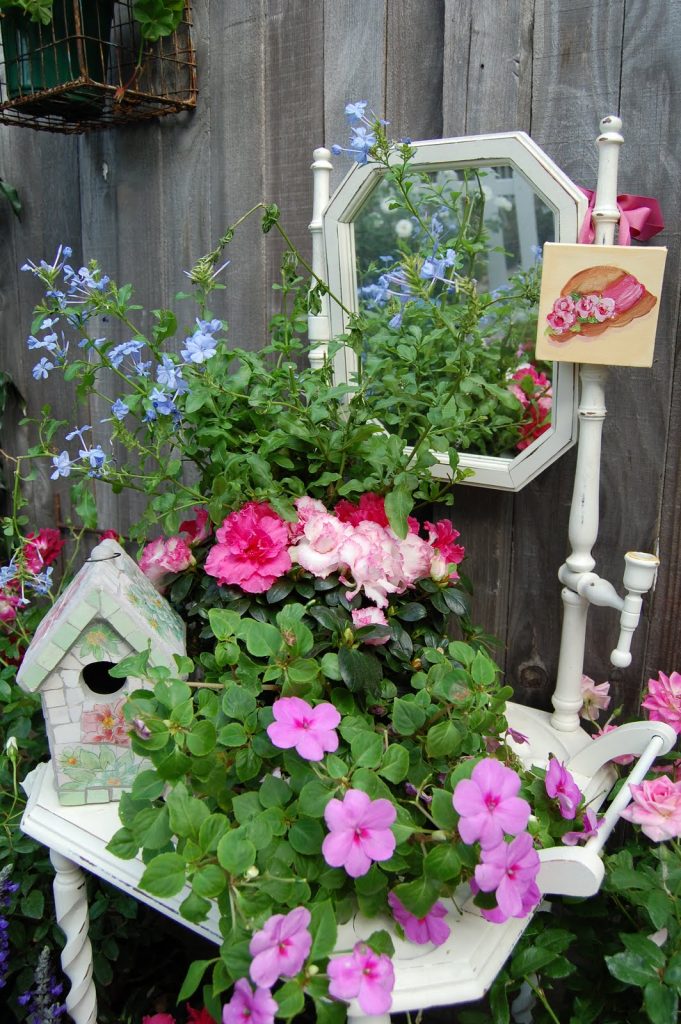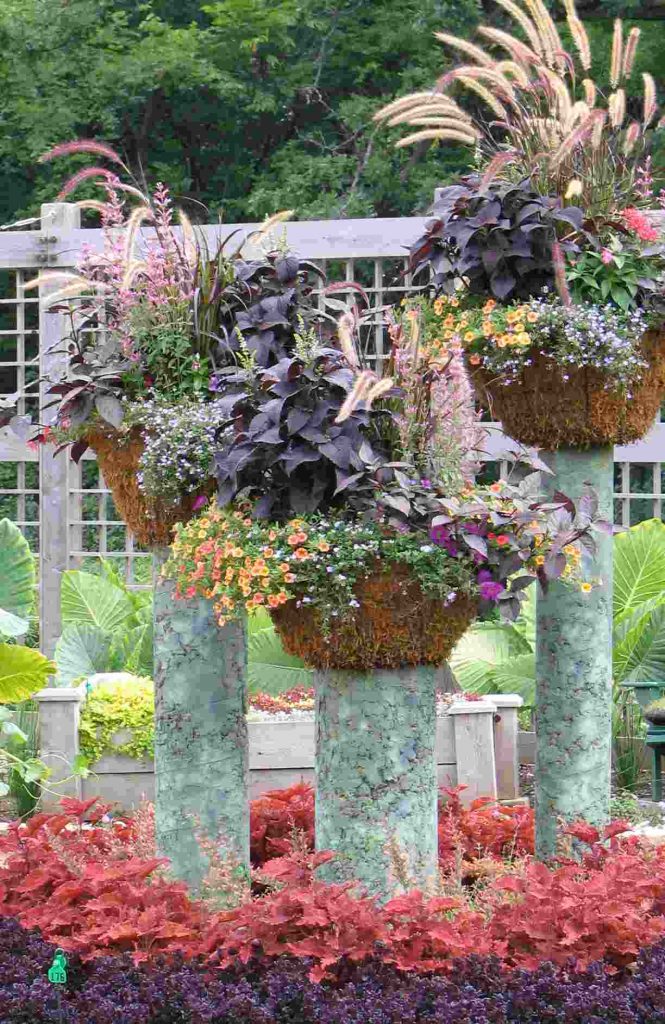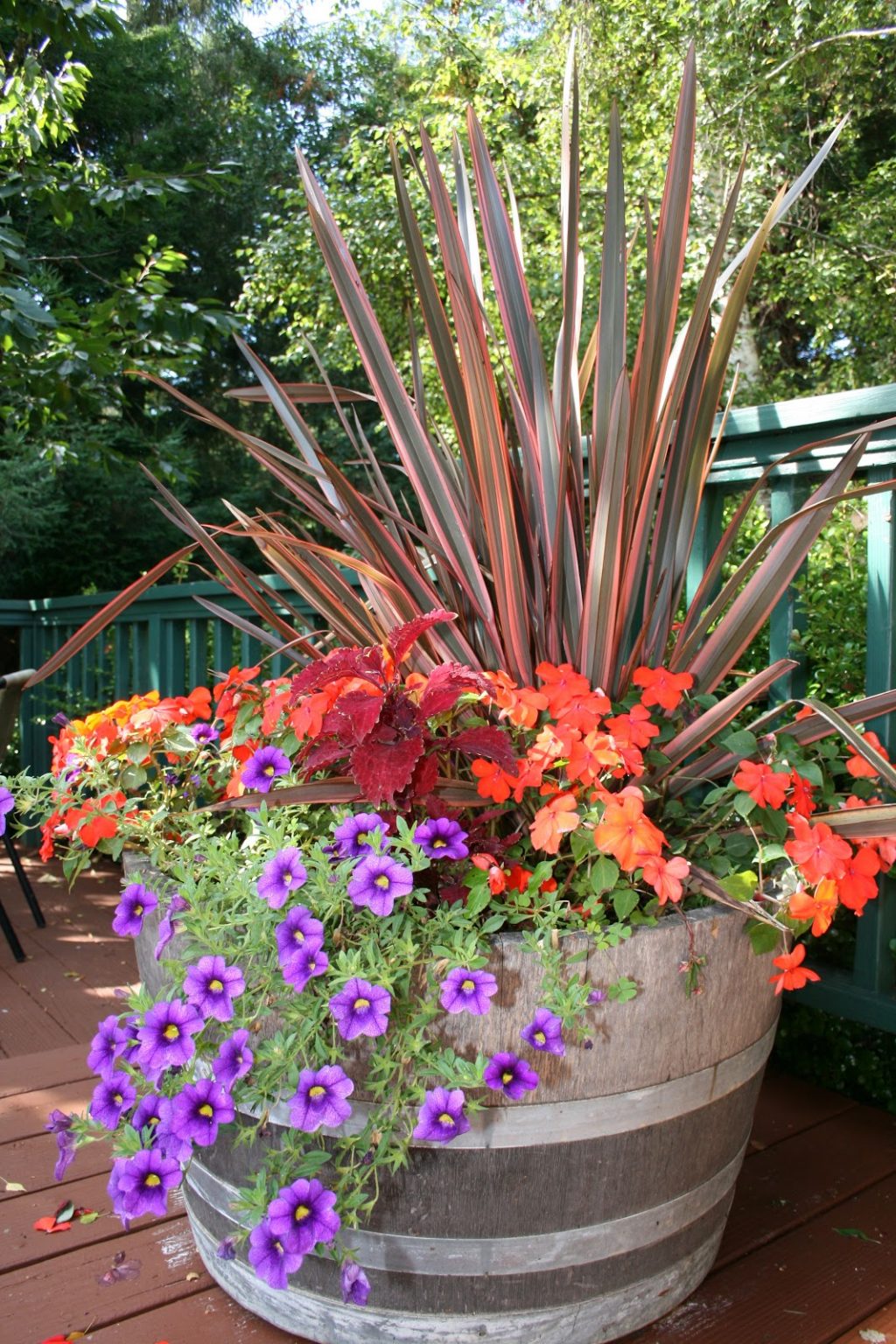Perhaps you experienced winter die-back on your lawns this past winter because of a lack of moisture in January, February, and March. I’ve discovered a couple of inexpensive ways to bring back my lawn, which can save you the expense of those overpriced products from the garden shops.
The first and the easiest way for maintenance is to set up round daybeds for outdoors that will make it much much easier for you to keep your plants healthy and in good shape. Moreover, using these daybeds adds to the beauty of your patio as well.
For dead-looking spots that need some help, try dissolving two cups of Epson salts in five gallons of water. Pour this on the troubled spots, let it soak in, then use your garden fork and aerate the spots, digging down about four inches. Fertilize with Jerry Baker’s recommended lawn tonic of 1/2 can of beer, 1/2 can of regular cola, and 1/2 cup of ammonia in a 20-gallon hose-end sprayer. This can be used over your entire lawn.

Look for Epson salts at your local dollar store for small areas, or in the grocery store, for larger quantities. Your lawn will love you for it.
Why not give container-gardening a try this year, though July is a little late for starting one, nurseries will be having sales on hanging baskets to get them out of the greenhouse. Choose containers large enough for your plants to grown into, rather than grow out of and become over-crowded.
The fun of container-gardening is often found in the various pot offerings. Good options are visually appealing groupings of different sizes, shapes, and colors. All containers should have drainage holes, plus a protective saucer of some type placed under the container to keep any drainage from discoloring and damaging the surface on which the pot will sit. Usually, glazed ceramic pots are heavier and will stand up to wind and retain moisture better than their terra-cotta cousins.
Fill containers nearly to the top with a soil mix of peat and pearlite. This mix holds water and won’t settle to the bottom of the pots. A topping of mulch and a slow-release fertilizer will reduce evaporation, and also eliminate regular feedings.
Every year, several new flowers are introduced by nurseries. One that caught my eye was the Calibrachoa. Ask for it by name, or you might not find it. The flowers resemble the petunia but are smaller, and they like acidic soil. Use a tablespoon of vinegar when watering, to prevent yellowing of any new growth. Miracid from the lawn and garden shop works well, too. Once-a-month use is all that’s necessary to produce healthy, hardy plants. In areas of higher elevations and hot summers, evaporation necessitates watering your hanging baskets daily.
The Calibrachoa comes in all colors (yellow, purple, white, pink, baby blue and more). They grow vigorously and thrive if allowed to dry moderately between watering. Compost may be too rich for this annual. These early-flowering, branching plants are full of color and for a real show-stopper, try mixing two colors. One that caught my eye was vibrant pink, almost a raspberry, with lemon yellow. You can plant this lovely flower in Zones 3-11, depending on the species that fit your zone best. They love the sun.
Another popular summer variety that does well in containers is the cascading petunia. Choose from colors of burgundy, pink, or plum. They enjoy full sun and thrive on daily watering in hot weather in order to maintain continuous flowering. Very delicate, petunias can be damaged by rain, but otherwise, they are easy to care for. Monthly feeding with liquid food is needed, and you might want to check for aphids or whiteflies. To keep them away, use a mild spray of 2 tablespoons of baby shampoo and 1 teaspoon of baking soda in a gallon of warm water misted over the plants once a week, another Jerry Baker remedy that has worked wonders on my plants.
Adding a spiked plant or an asparagus fern will add height to your containers. The long, slender blades or leaves of a dracaena spike provide a nice contrast if placed in the back of plantings, while the dainty fern will give a little wispy drama and can be dug up before the first frost and brought indoors as a houseplant.
Good container gardens feature plants that have similar needs. For instance, sun-lovers can and should be planted together because they demand the same kind of care. One possibility is a mixture of pineapple sage, calendula, and nasturtiums with three or four parsley plants used as a fill-in. Parsley works well with these sun-lovers because it can handle some shade. Pair these in a large, deep pot and enjoy them in any sunny spot. The fragrance is fresh and especially pleasing.
Container gardens demand close watering attention. Those containers placed in sunny, hot, or windy places demand twice-a-day watering. Should your plants outgrow their containers, more frequent watering will be needed.
Midsummer is hard on most plants as they begin to show some stress by becoming scraggly and wilted. To help plants show new growth and have lots of new blooms, clip or pinch off dead parts and apply a shot of liquid fertilizer. Your containers will continue their flower displays uninterrupted throughout the summer with patient and faithful care.

If you get a late start this year, then next February or March, buy some seeds, purchase a few gardening books or magazines with pictures of flowers that may appeal to you, get a head start, and by the time weather permits, you will know just what you want to include in your containers come planting season. This is a great way to bring a little cheer to a long winter and is a delightful harbinger of spring to come, too.
Jerry Baker, America’s Master Gardener, “Backyard Problem Solver”

